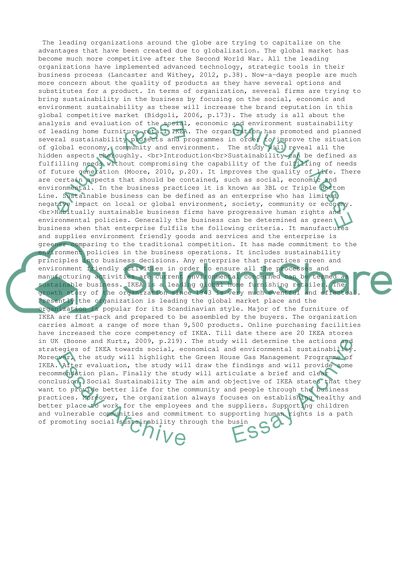Cite this document
(“Social sustainability Assignment Example | Topics and Well Written Essays - 5000 words”, n.d.)
Retrieved from https://studentshare.org/management/1404554-report
Retrieved from https://studentshare.org/management/1404554-report
(Social Sustainability Assignment Example | Topics and Well Written Essays - 5000 Words)
https://studentshare.org/management/1404554-report.
https://studentshare.org/management/1404554-report.
“Social Sustainability Assignment Example | Topics and Well Written Essays - 5000 Words”, n.d. https://studentshare.org/management/1404554-report.


